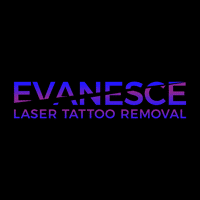What should I not get as my first tattoo? (question I see all over the tattoo internet)
While I know this question doesn’t directly relate to tattoo removal, it is a question that I deal with nearly every day. I would estimate more than half of the people who come to me are doing so for their first tattoo. That being said, here are some common tattoos I see that people no longer want:
- Names of living people
- Behind the ear tattoos
- Hand tattoos
- And neck tattoos
Based on my experience, these are the tattoos that people often end up regretting. Not to say that these are always a bad idea, but I would definitely avoid them for my first tattoo.
What if I had an allergic reaction when I got the tattoo? (L. T. from Pinellas County)
This is a great question I’ve had recently during a consultation, and it is important to think about. When a tattoo artist puts ink into the skin, they are overloading the skin to ensure that enough stays in the skin to leave the desired color. For some people, this can lead to an allergic reaction as the skin removes excess ink. For an even smaller subset of people, that allergic reaction can be recurring, or never actually go away.
If you are thinking about tattoo removal and you had an allergic reaction when you got the tattoo, it is very likely to happen again when we remove the tattoo. This is because the ink particles in your skin are removed through your lymphatic system as part of an immune response, which is also the system is involved with most of our allergic reactions.
It is important to consider the severity of the original reaction when deciding whether you want to continue with removal. If necessary, ask your technician about doing a small sample area (about the size of a nickel) to make sure that the possible reaction will be an acceptable risk to take.
This is something I like to discuss with clients at our free consultations. If you’d like to come in and ask us some questions, feel free to call or book your free consultation today!




Recent Comments